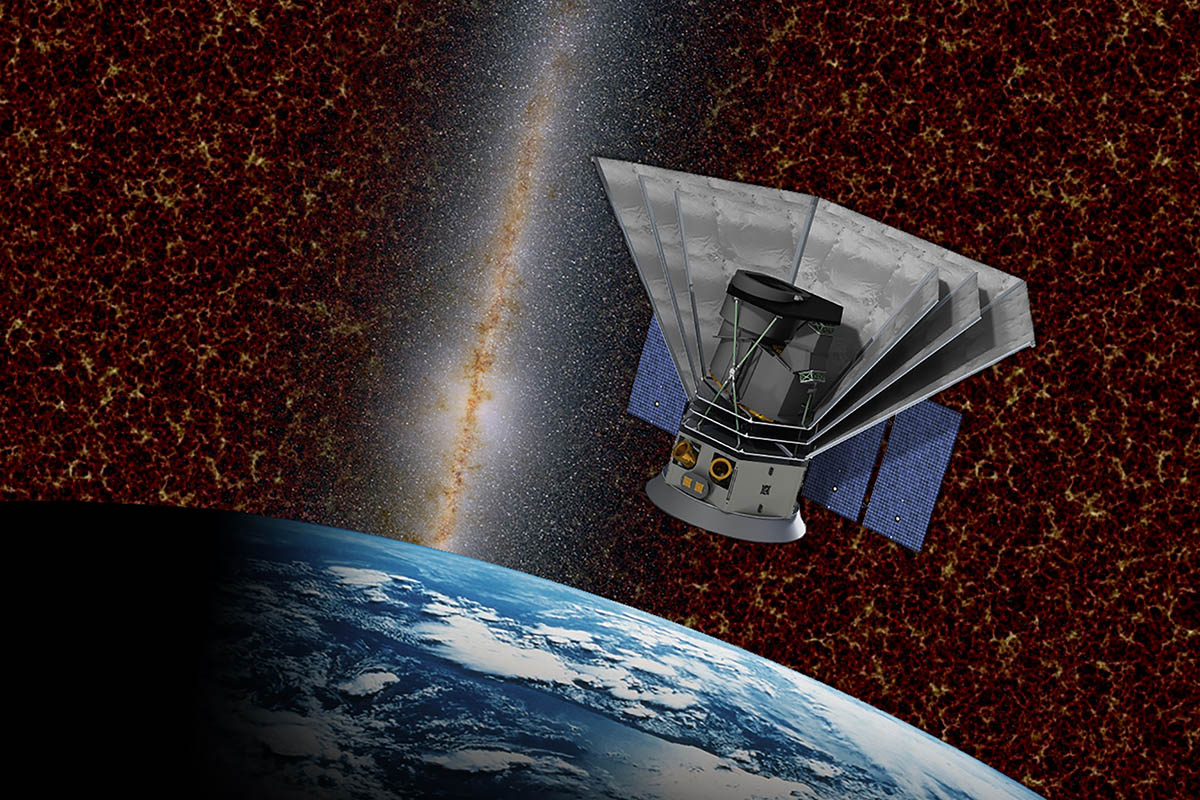description:
About 100,000 to 60,000 years ago, a species of hominines—bipedal ape-like creatures—began to move out of its home territory in Africa and into the Asian continent. Today, homo sapiens, the descendants of those first hominines—live in nearly every ecological niche. We fly through the air in planes, communicate instantaneously over immense distances, and develop theories about the creation of the Universe. In Big History: The Big Bang, Life on Earth, and the Rise of Humanity, you’ll hear this ever-evolving story—the history of everything—in its monumental entirety from the moment the Universe grew from the size of an atom to the size of a galaxy in a fraction of a second.
episodes:
Is it possible to tell a story of everything, from the big bang up to the present day? This lecture introduces the background and unique aspects of this broad, multidisciplinary perspective on history.
The first of 10 lectures on the physical sciences covers Einstein’s special and general theories of relativity, which undermined 200 years of physics and launched a wholly unexpected revision in our conception of the universe.
A puzzling phenomenon called the “blackbody radiation problem” inspired a new theory of the atom that would ultimately redefine reality and rationality. Professor Goldman tells the story of the inception of this bold idea, called quantum theory.
Picking up the story of quantum theory in the 1920s, this lecture covers its growth into a mature system called quantum mechanics through key contributions by Niels Bohr, Erwin Schrödinger, and Werner Heisenberg.
We encounter the first threshold of complexity—the creation of the Universe at the moment of the big bang—and explore the scientific evidence that allows us to piece together this ever-evolving story of creation.
This lecture surveys the history of different ideas about the creation of the Universe, from Ptolemaic theories of an Earth-centered cosmos to the modern notion of a constantly expanding Universe.
How did the Universe change from a cloud of dust to a constellation of stellar bodies? This lecture describes how gravity was fundamental in crossing the second threshold of the course: the creation of stars and galaxies from huge clouds of hydrogen and helium atoms.
QED was a fertile theory that not only guided the development of nuclear physics from 1930 to 1960 but also raised philosophical issues about the status of truth. QED also led to practical applications such as semiconductors, lasers, and superconductivity.
With this lecture, we shift from the scale of the Universe to that of our solar system. Here we examine the processes by which planets and solar systems are created and the evidence that helps us piece together this part of the story.
The tumultuous early history of the Earth is presented in this lecture, including the development of our planet’s internal layers, the generation of its magnetic field, the creation of the first seas, and the appearance of its early atmosphere.
In this lecture, we examine the history of the Earth’s surface and learn how the notion of our planet as fixed and unchanging was eventually overturned by a new vision of the Earth’s crust as broken into plates that are constantly on the move.
With the consideration of the next threshold of complexity, life, we develop a definition of life itself, and begin to consider how life-forms adapt and change over time.
In On the Origin of Species, Charles Darwin revealed a new story: an account of how all living species change and adapt. This lecture recounts how Darwin arrived at his revolutionary theory, and how he shared his ideas with contemporaries who were making similar breakthroughs.
In this lecture, we examine the various kinds of evidence Darwin used to establish his theory of natural selection, including the fossil record, similarities among species, and the geographic distribution of species. We also review modern evidence of natural selection.
Bolstered by the discovery of the cosmic background radiation in the 1960s, the Big Bang theory underwent a startling modification in the 1980s called inflation theory that radically enlarged the estimated size of the universe. Recent observations also show that the universe’s expansion is accelerating, contrary to all expectations.
How was life first created from non-life? Modern biologists tell a complex story of the creation of life which involves the development of organic matter from simpler molecules such as amino acids, nucleic acids, sugars, and proteins.
The fusion of single-celled organisms into larger, multi-celled organisms c. 600 million years ago marked a turning point in the development of life forms on this planet. In this lecture, we focus on the evolution of multi-cellular organisms, tracing four evolutionary steps leading to our own species, Homo sapiens.
How did modern humans evolve from ape-like ancestors? This lecture surveys the evolution of primates and great apes, and then traces the adaptive development of hominines, a group of bipedal primates that appeared in Africa 7 million years ago.
To construct the story of hominine evolution, scientists rely on three kinds of evidence: archaeological evidence, evidence based on the study of modern primates, and evidence based on genetic comparisons between modern species of primates, including ourselves.
Human beings represent a new threshold of complexity in the story of life on Earth. In this lecture, we examine two things that make us unique: use of symbolic language and collective learning.
Does the archaeological record reveal when the first members of our species appeared? In this lecture, we examine evidence from the Stone Age and consider several theories of the early history of the first humans.
Using remains left behind by our ancestors and studies of modern societies that still use stone technologies, modern researchers have constructed a portrait of the Paleolithic way of life. In this lecture, we enter into this world and learn what life was like for our distant ancestors.
Using remains left behind by our ancestors and studies of modern societies that still use stone technologies, modern researchers have constructed a portrait of the Paleolithic way of life. In this lecture, we enter into this world and learn what life was like for our distant ancestors.
The appearance of agriculture set human history off in entirely new directions by increasing human control of food, energy, and other resources. The development of agriculture brings about changes in the environment and lays the foundation for the development of more complex human societies.
Why, after 200,000 years of foraging, should human communities in quite different parts of the world take up agriculture almost simultaneously? In this lecture, we explore the different factors leading to this innovation.
Although early agrarian societies left behind no written record, there is evidence of many important new developments during this period. Here, we explore the lifeways of these societies, and question whether agriculture meant the early farmers lived better than their forager ancestors.
Approximately 5,000 years ago, the human species saw the rise of a new form of social organization: the first “tribute-taking” states. We begin our consideration of these states by asking how power is defined and what forms it takes.
How did humankind move from kinship clans and small agricultural villages to enormous centralized societies? This lecture surveys the archaeological and anthropological evidence used to reconstruct the evolution of power structures and theorizes how these larger societies took shape.
This lecture introduces the 5,000 years of human history that were dominated by the huge and powerful societies: agrarian civilizations. With the development of writing, we get the first era of recorded history.
How did the buildup of human and material resources during the early Agrarian era lead to the development of the first tribute-taking states and the first real cities? Here, we’ll examine one of the earliest agrarian civilizations, Sumer in southern Mesopotamia, to learn how these new developments arose.
How typical was Sumer of agrarian civilizations in general? This lecture briefly surveys six different areas where agrarian civilizations appeared early, including northeastern Africa, northern India, China, and the Americas.
Despite the limited contact among them, early agrarian civilizations the world over shared many features. In this lecture, we’ll examine these features and speculate why agrarian societies seem to develop along similar lines despite regional differences.
In this lecture, we begin to take the long view of agrarian civilizations, marking two trends that occurred during the course of 4,000 years: the expansion of civilizations to cover larger regions and incorporate more people, and the increasing power and reach of their rulers.
Agrarian civilizations were able to expand because they developed new ways to extract resources and manage populations. This lecture examines how features such as population growth, commerce, and tribute-taking states helped encourage innovation.
Throughout human history, we see periods of innovation, population growth, increasing trade and urbanization, political expansion, and cultural efflorescence. Then, sometimes quite suddenly, there is a crash. In this lecture, we examine the factors that contribute to this cycle of boom and crash, referred to as the Malthusian cycle.
The previous two lectures describe factors that both stimulated and limited growth in the era of agrarian civilizations in Afro-Eurasia, the largest of the four world zones of human history. Here, we begin to question whether these same features and processes appear in American, Australasian, and Pacific zones.
In this lecture, we see that American agrarian civilizations experienced many of the same developments as those in Afro-Eurasia, but these developments appeared much later and never spread as far as in other world region.
In the last millennium, the pace of change accelerated sharply and decisively. Since then, humankind has experienced a number of astonishing changes, including accelerating innovation, the formation of larger and more complex societies, the integration of the four world zones, and the growing human impact on the biosphere.
This lecture describes the medieval Malthusian cycle, which lasted from the decline of the Roman and Han Empires to the time of the Black Death. We will focus on Afro-Eurasia, the largest and most significant of the four world zones, and the region that drove change in the early stages of the Modern Revolution.
During the Early Modern cycle, for the first time in human history, the four world zones became linked through global exchange networks which stimulated both commerce and capitalism. Yet for other world zones, these changes were catastrophic, bringing disease and population collapse.
By 1700, many elements of modernity seemed to be in place, yet global rates of innovation remained slow. This lecture describes the breakthrough to modernity after 1700, focusing on one country, Britain, where the transformation has been studied most intensively.
Within just two centuries, industrialization had transformed the entire world. No earlier transformation in human history had been so rapid or so far-reaching. This lecture describes the impact of industrialization before 1900.
In this lecture, we examine the hallmark events of the 20th century, including major worldwide wars, two waves of innovation, huge population growth, and an enormous surge in energy use.
In this lecture, we attempt to describe, as we did for Paleolithic and agrarian societies, the lifeways of the Modern era. What emerges is a portrait of a single, world-spanning community of more than 6 billion people supported by ever-increasing technological innovation.
How has our increasing power over the natural world affected our relationship to planet Earth? Are we becoming a malignant presence within the biosphere, driving other species to extinction and impacting global climactic systems in unpredictable ways?
In the final lecture of this course, we pause to ask some fundamental questions about meaning: What is the place of human beings in the Universe? Are we, perhaps, the only creations of the Universe that have consciousness?
SIMILAR TITLES:
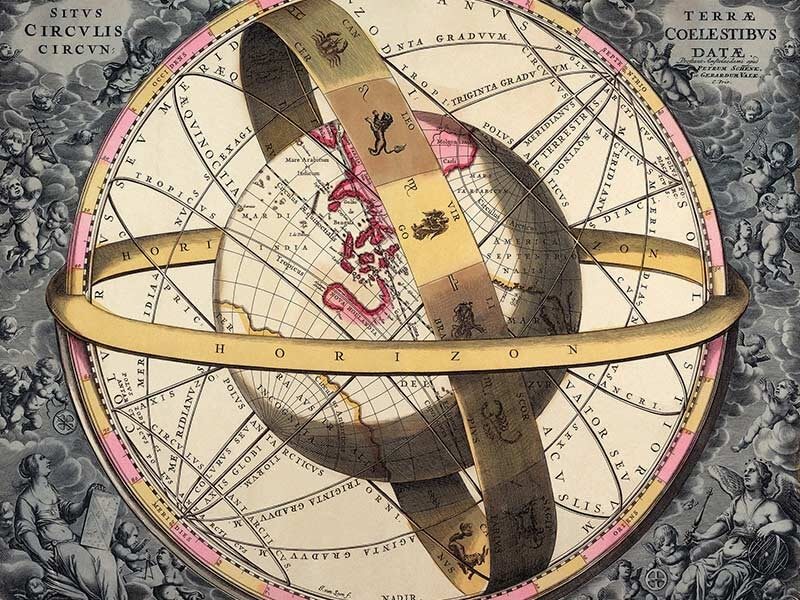 History of Science: Antiquity to 1700
History of Science: Antiquity to 1700
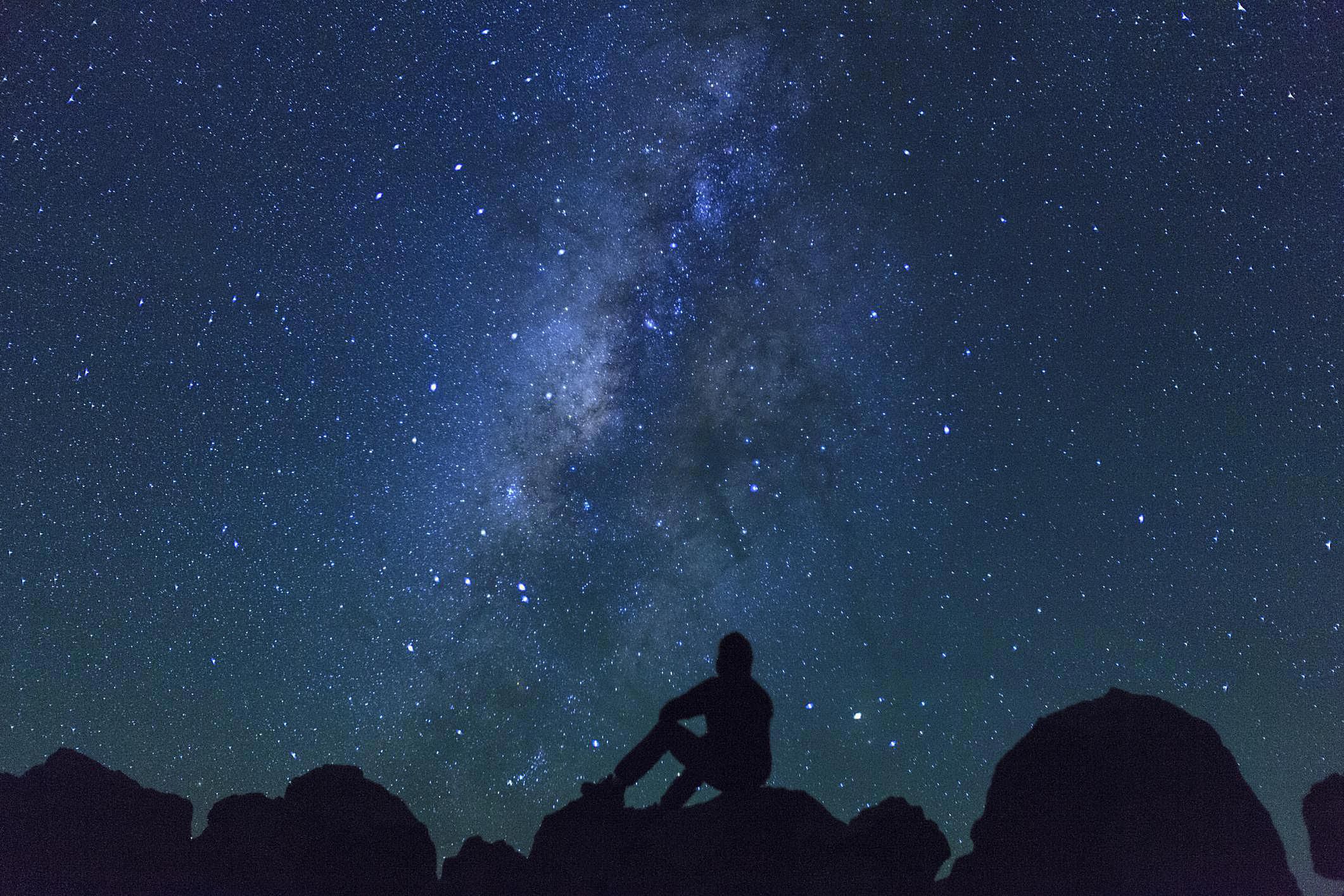 Understanding the Universe: An Introduction to Astronomy
Understanding the Universe: An Introduction to Astronomy
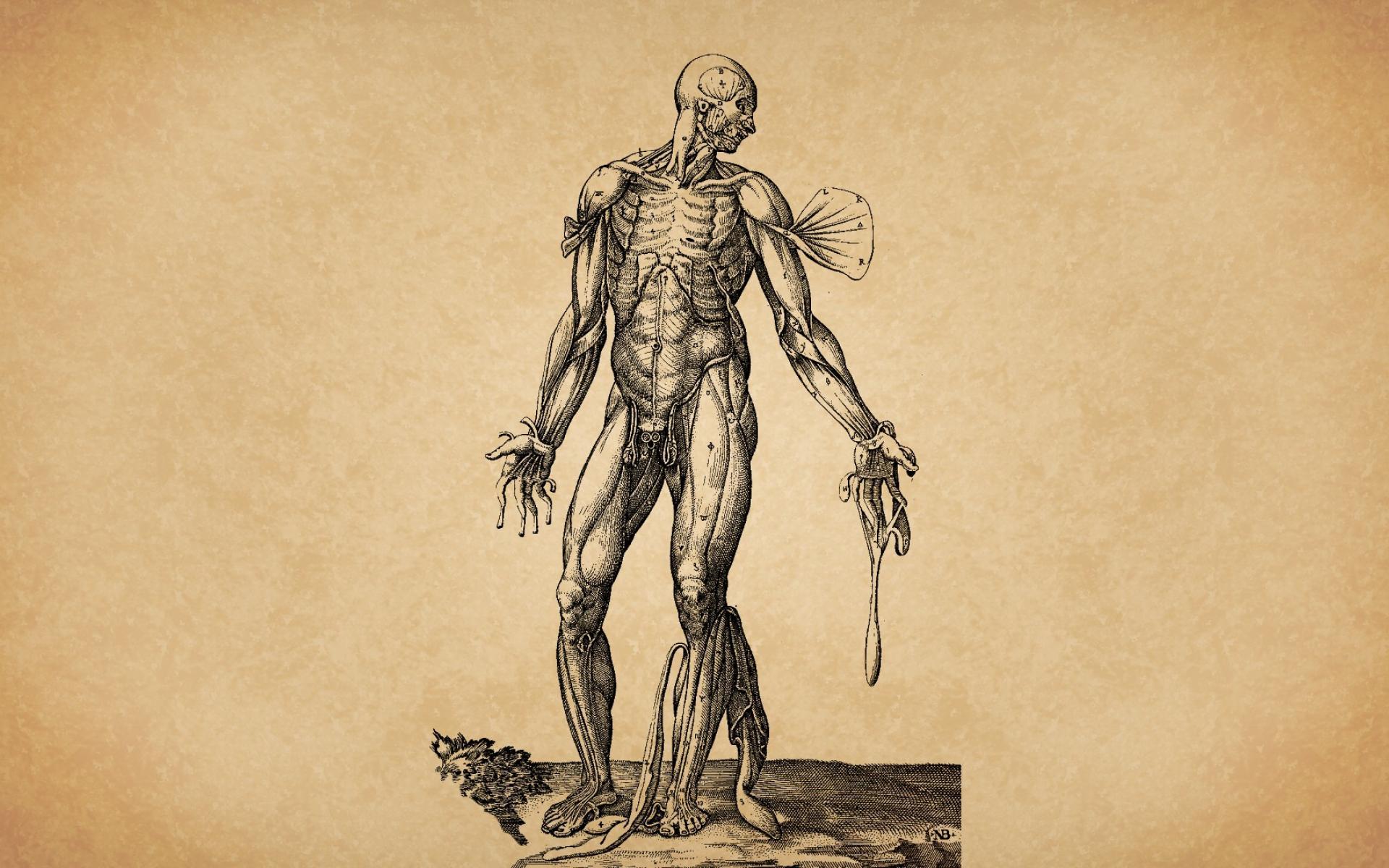 Understanding the Human Body: An Introduction to Anatomy and Physiology
Understanding the Human Body: An Introduction to Anatomy and Physiology
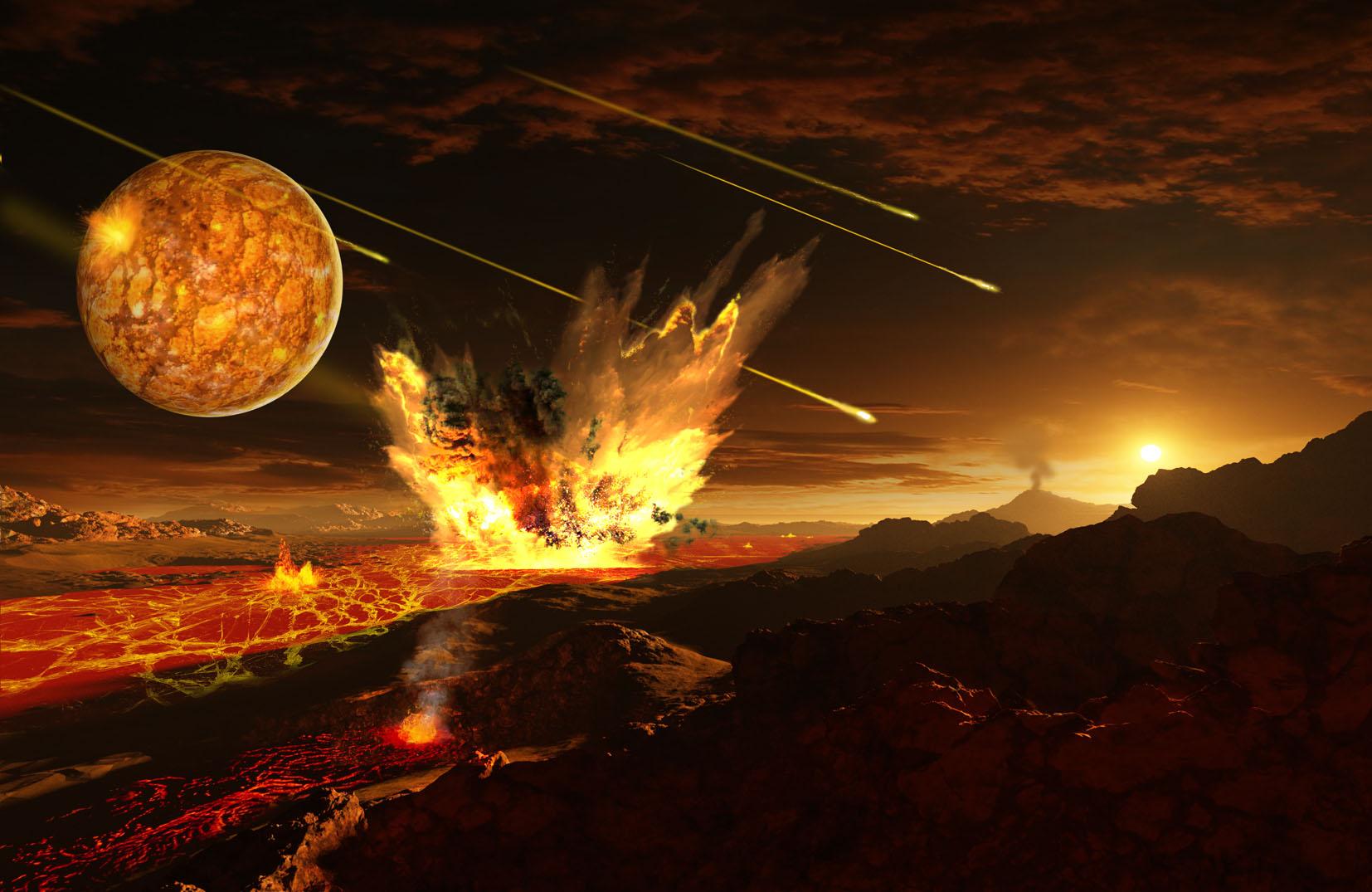 The Origin and Evolution of Earth: From the Big Bang to the Future of Human Existence
The Origin and Evolution of Earth: From the Big Bang to the Future of Human Existence
 Earth at the Crossroads, Understanding the Ecology of a Changing Planet
Earth at the Crossroads, Understanding the Ecology of a Changing Planet
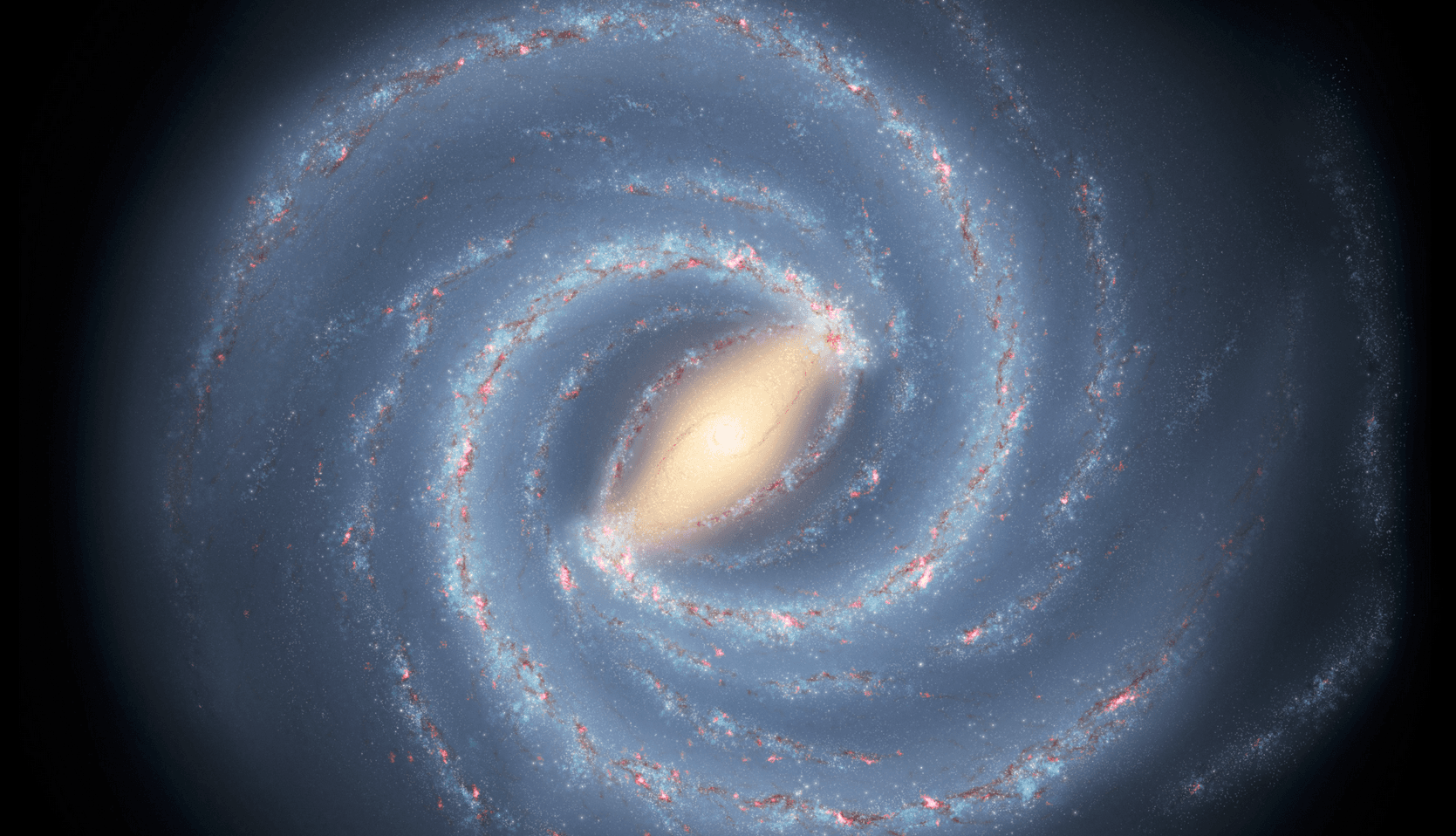 Cosmology: The History and Nature of Our Universe
Cosmology: The History and Nature of Our Universe

